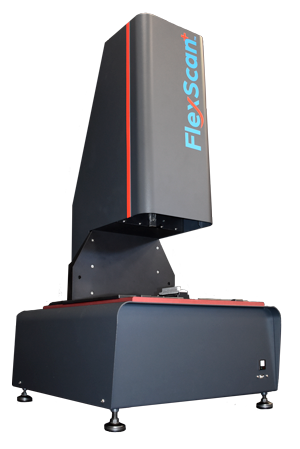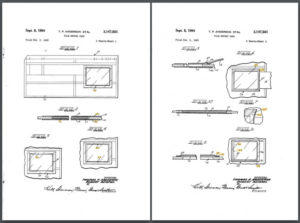This year, 2013, marks the 25th anniversary of film scanners. When you think about how long ago was 1988, Ronald Reagan was still President of the United States. Back in 1988, if you could scan 20 images in a minute on a film scanner, you were really fast. This was a time when the development of film scanners was “hardware driven” as we were looking for faster computers, cameras and imaging boards. Software that could even do the simplest of tasks like rotate and deskew worked slowly or not at all. Many people placed a monitor on a swivel so that they could spin the monitor until they could read the image in its right orientation. If film was “mirrored” or backwards, operators would have to reload the film so it would read right! Keep in mind, the Pentium computer didn’t exist until 1994, while Yahoo followed by Google were yet to start up in the mid 1990’s. The costs of most of the hardware components were so expensive back then, that a typical film scanner cost in excess of $100,000!
Fortunately we are now in 2013 and these film scanners are now “software driven”. The quality and efficiencies of all film scanner components such as imaging boards, cameras, lenses and high speed processors has helped drive the cost down dramatically while performing more functions faster and accurately. There have been significant cost reductions in storage. In 1988, computer storage cost $40 per megabyte and now the cost is in the neighborhood of $0.096 per megabyte. Besides the basic TIFF and JPEG formats, you now can choose JPEG 2000, Multipage TIFF, PDF, Multipage PDF and PDF/A. On roll film scanning, it is now even possible to scan up to 1,000 images per minute! All this has allowed manufacturers of film scanners to concentrate more on software enhancements resulting in 100% accuracy in image detection using “ribbon scanning”. The latest image compression algorithms for the “ribbon files” mean less memory/storage requirements for your systems while maintaining image integrity. QC tools have improved ten-fold and OCR keeps improving by leaps and bounds. New software products that allow you to scan and index your filmed documents simultaneously during scan time saves time and money. New friendlier viewers make it easier to locate requested documents that can be emailed, printed or written out to flash drives. In some cases, these software products cost less than it would take to duplicate a roll of film and/or microfiche.
I have had the opportunity to speak with a number of you over the years and have learned to appreciate the complexity of maintaining your large volumes of documents. Because you are part of the nuclear industry, your documents are what I call more “mission critical” than any others on the planet. As a result, the spotlight is brighter on all of you since any missing data could be in some cases catastrophic. For those of you evaluating or starting to look at digital options, the hardware/software solutions are more efficient, powerful and creative. For those of you who looked at scanning your film years ago, I encourage you to reevaluate scanning your film library and discover these new cost effective scanners for your site.


